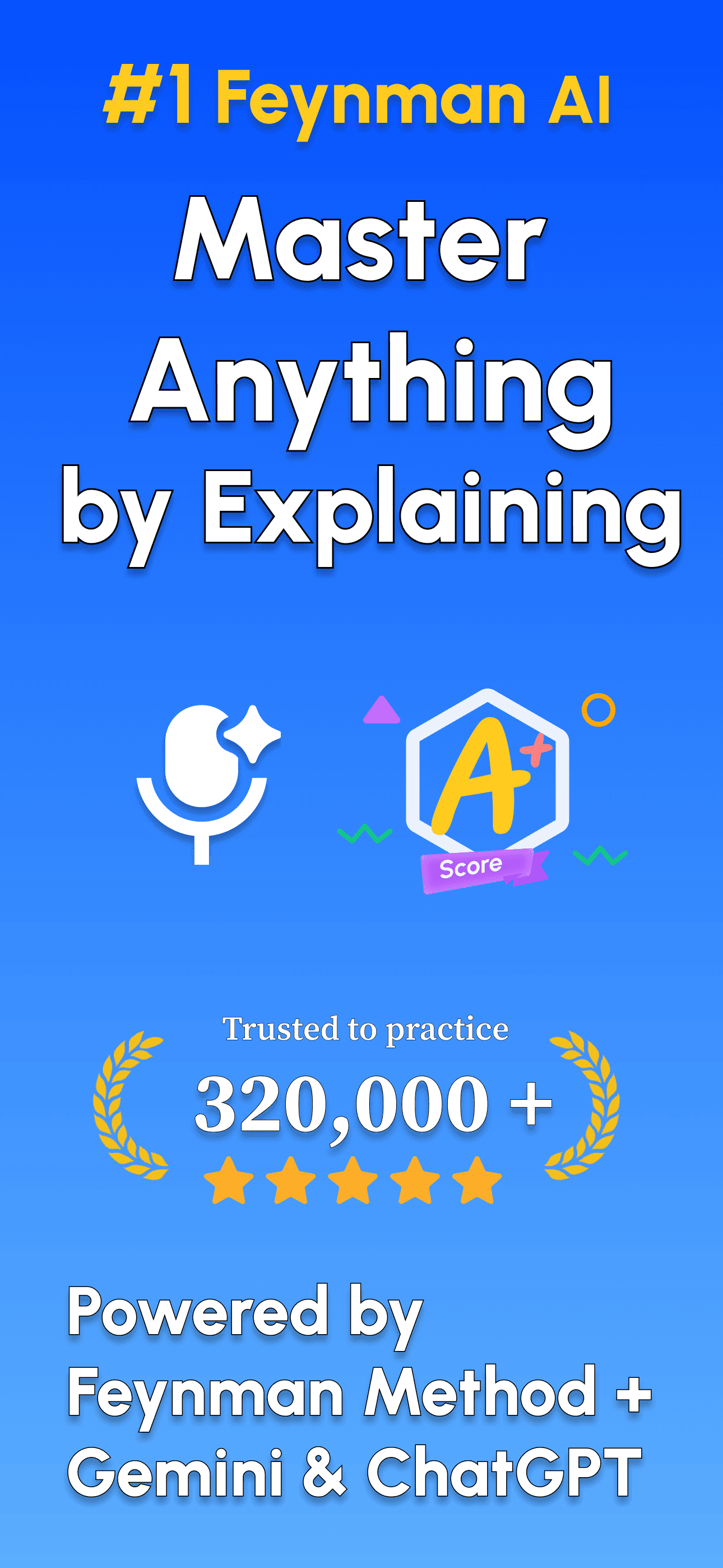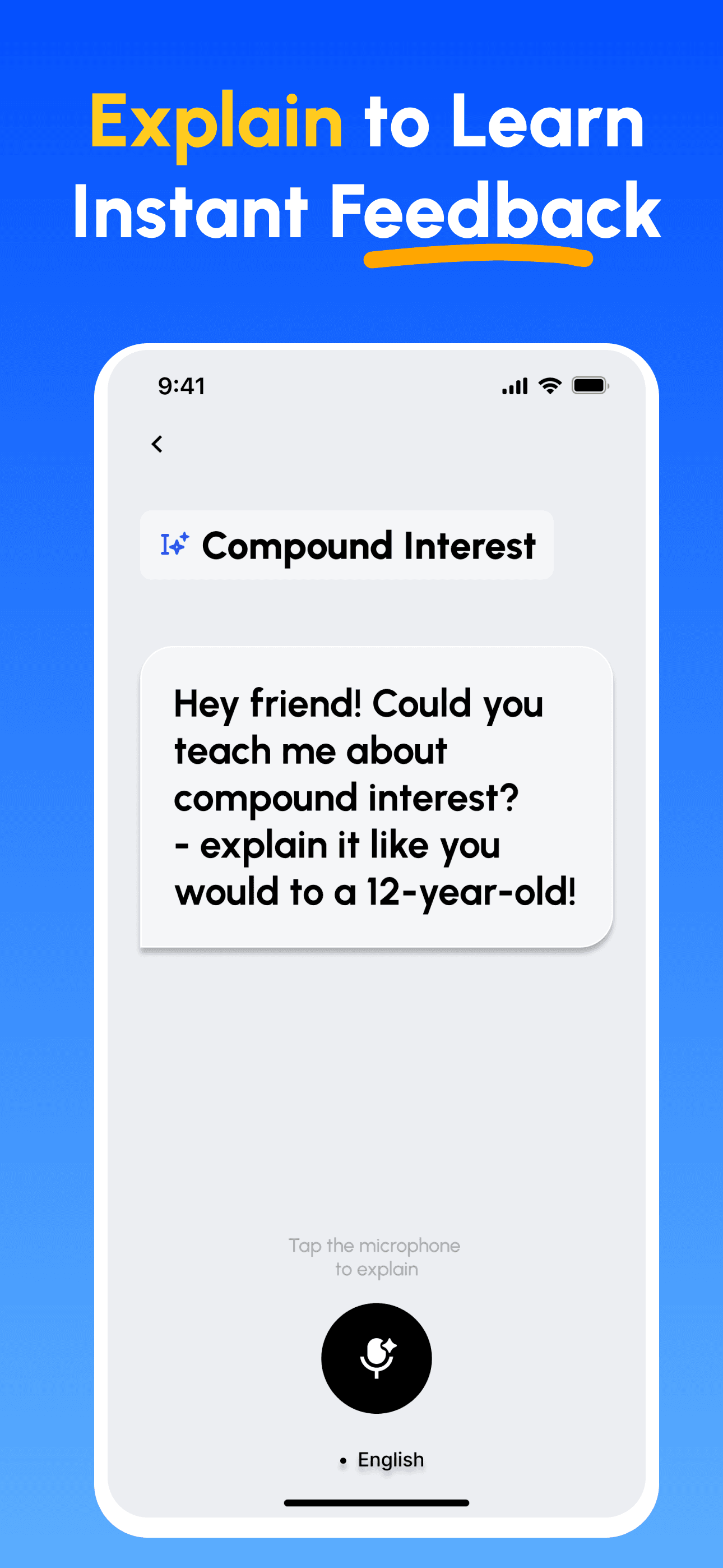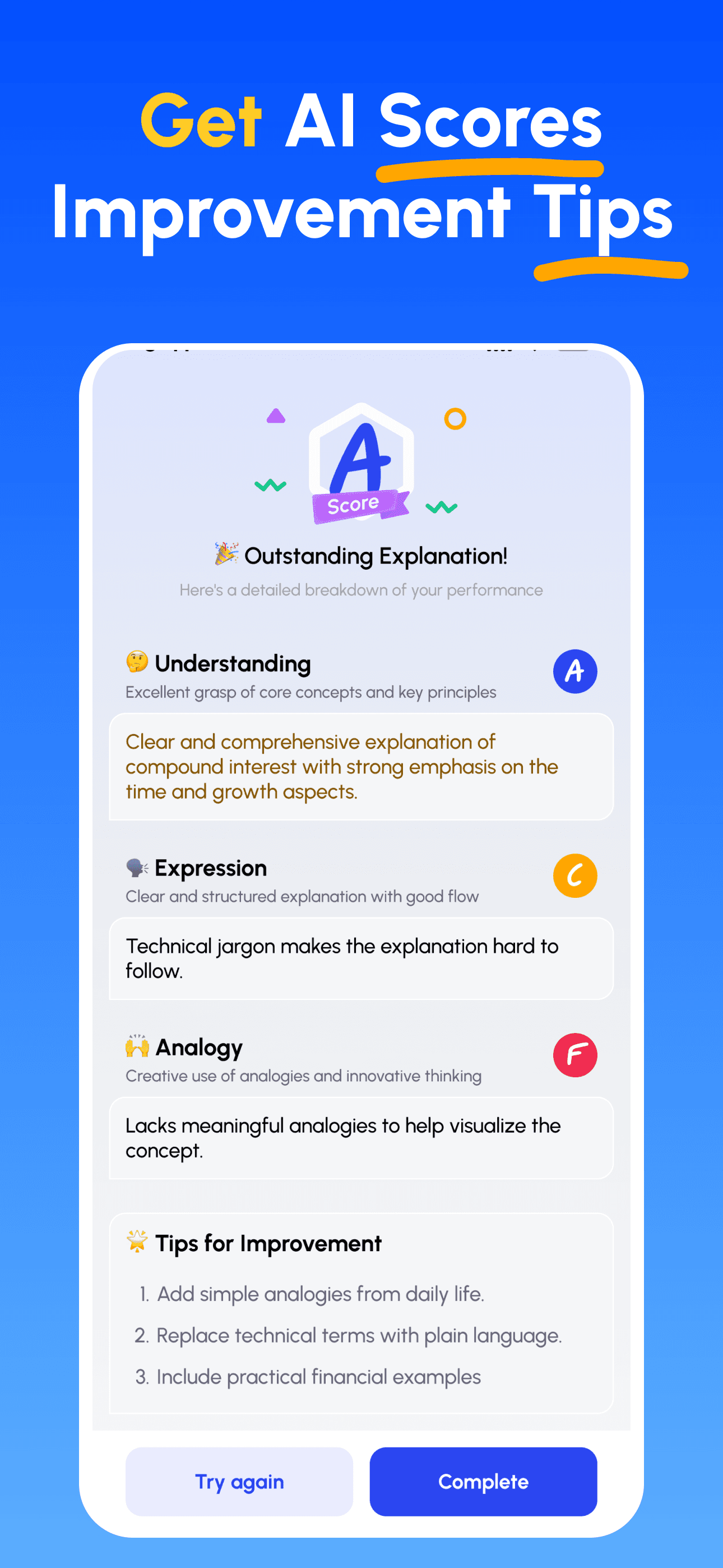Basic Coding
Basic coding is like giving step-by-step instructions to a computer to make it do what you want. 💻
Brief Introduction
Think of coding as writing a recipe for a computer to follow. Just like how a recipe tells you what ingredients to use and what steps to take, coding tells a computer what actions to perform. It's a way to solve problems and create things, from simple calculators to fun games, by breaking down tasks into clear instructions that a computer can understand. 🔍
Main Explanation
Instructions and Sequence 📝
It's like making a sandwich - you need to give exact steps in the right order. In coding, you write commands one after another, telling the computer precisely what to do, like 'display this text' or 'add these numbers.'
Variables and Storage 🗃️
Think of variables as labeled boxes where you store information. Just like putting toys in different boxes with labels, in coding you can store numbers, text, or other data in variables with specific names.
Conditions and Decisions 🔄
It's like a choose-your-own-adventure book. Using 'if-then' statements, you can make the program do different things based on certain conditions, like 'if it's raining, bring an umbrella.'
Loops and Repetition ⭐
Similar to doing exercises with multiple sets, loops let you repeat actions without writing the same instruction many times. For example, 'do this 10 times' or 'keep going until something happens.'
Examples
- Creating a simple calculator: Writing code that takes two numbers, asks what operation to perform (add, subtract, multiply, divide), and shows the result. 🧮
- Making a digital pet: Programming a virtual pet that needs feeding and care, using variables to track hunger and happiness levels, and conditions to determine its behavior. 🐱
- Building a temperature converter: Writing a program that converts temperatures between Celsius and Fahrenheit, showing how to process user input and perform calculations. 🌡️
How Feynman AI Guides Your Learning
- Choose Any Concept: Start from a topic you want to master — browse curated subjects or enter your own.
- Learn Essentials: Skim clear, structured explanations, key terms and common pitfalls to form a solid mental model.
- Explain & Get Feedback: Record your explanation (voice or text). Get instant analysis on depth, clarity, structure and example quality.
- Review Scores & Improve: Follow targeted tips, refine your explanation and iterate until you can teach it simply.
Download Feynman AI Now
Start your learning journey today!




